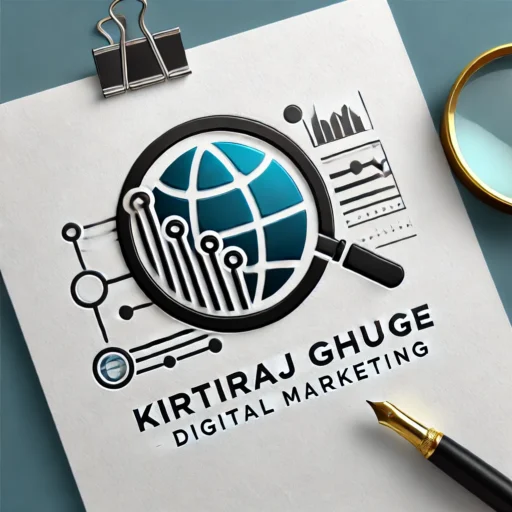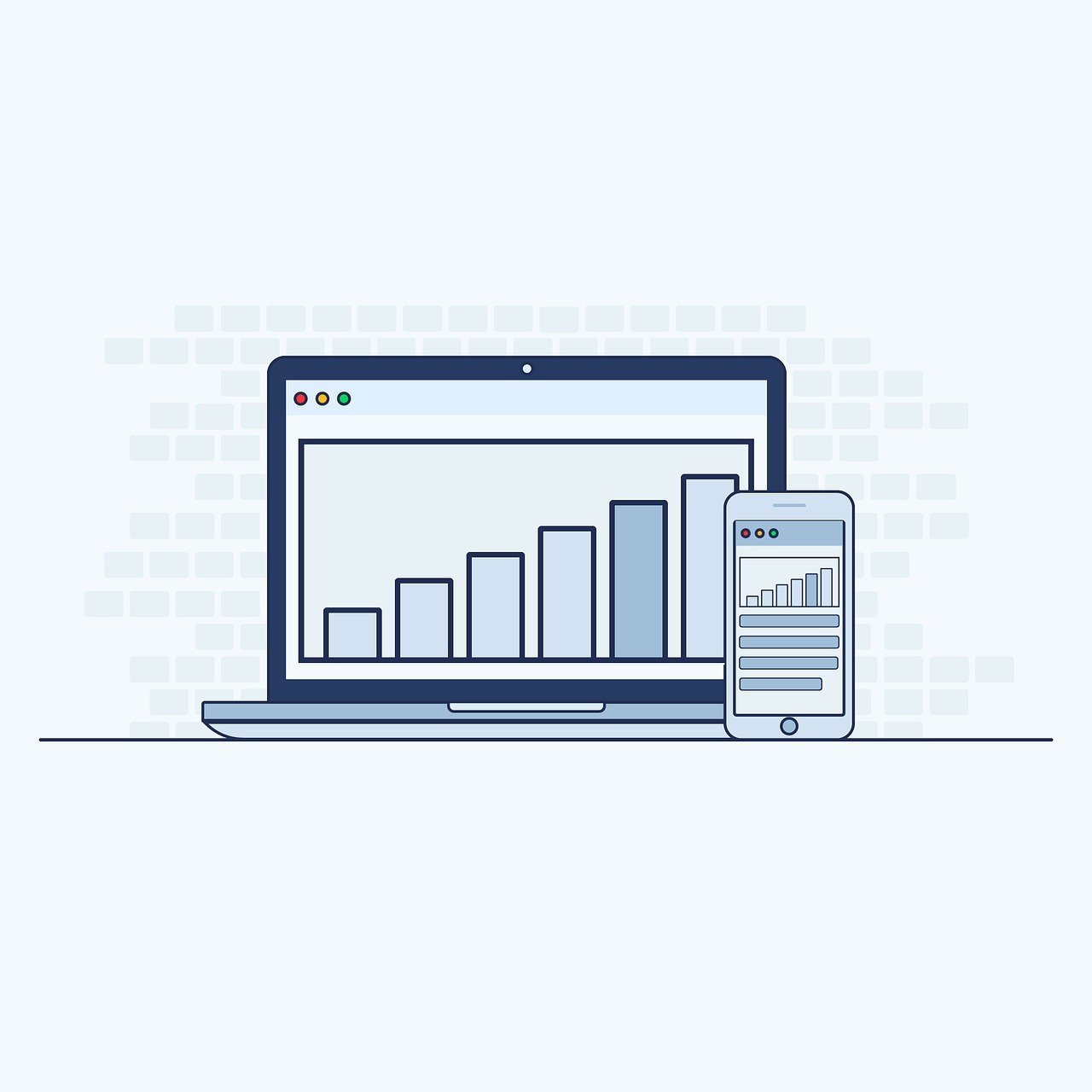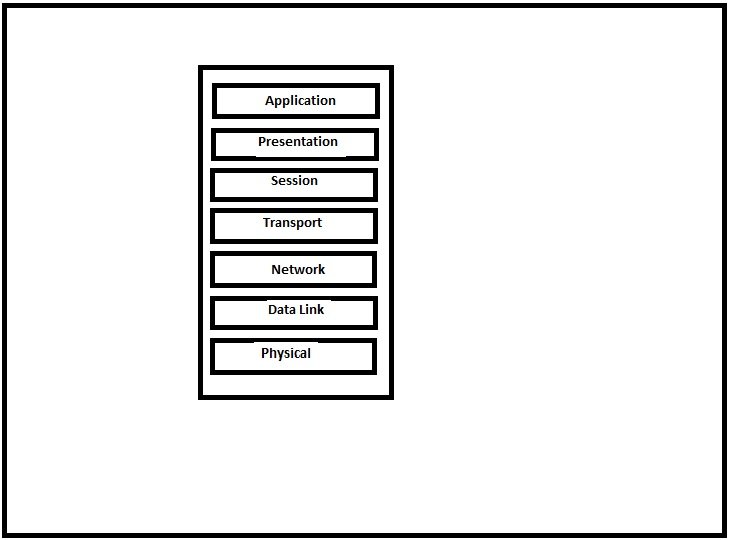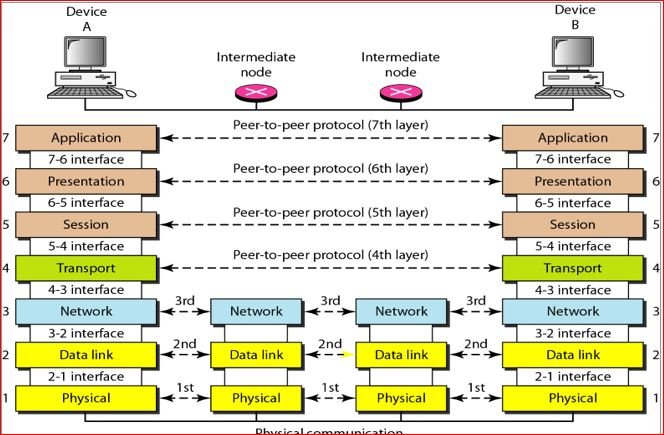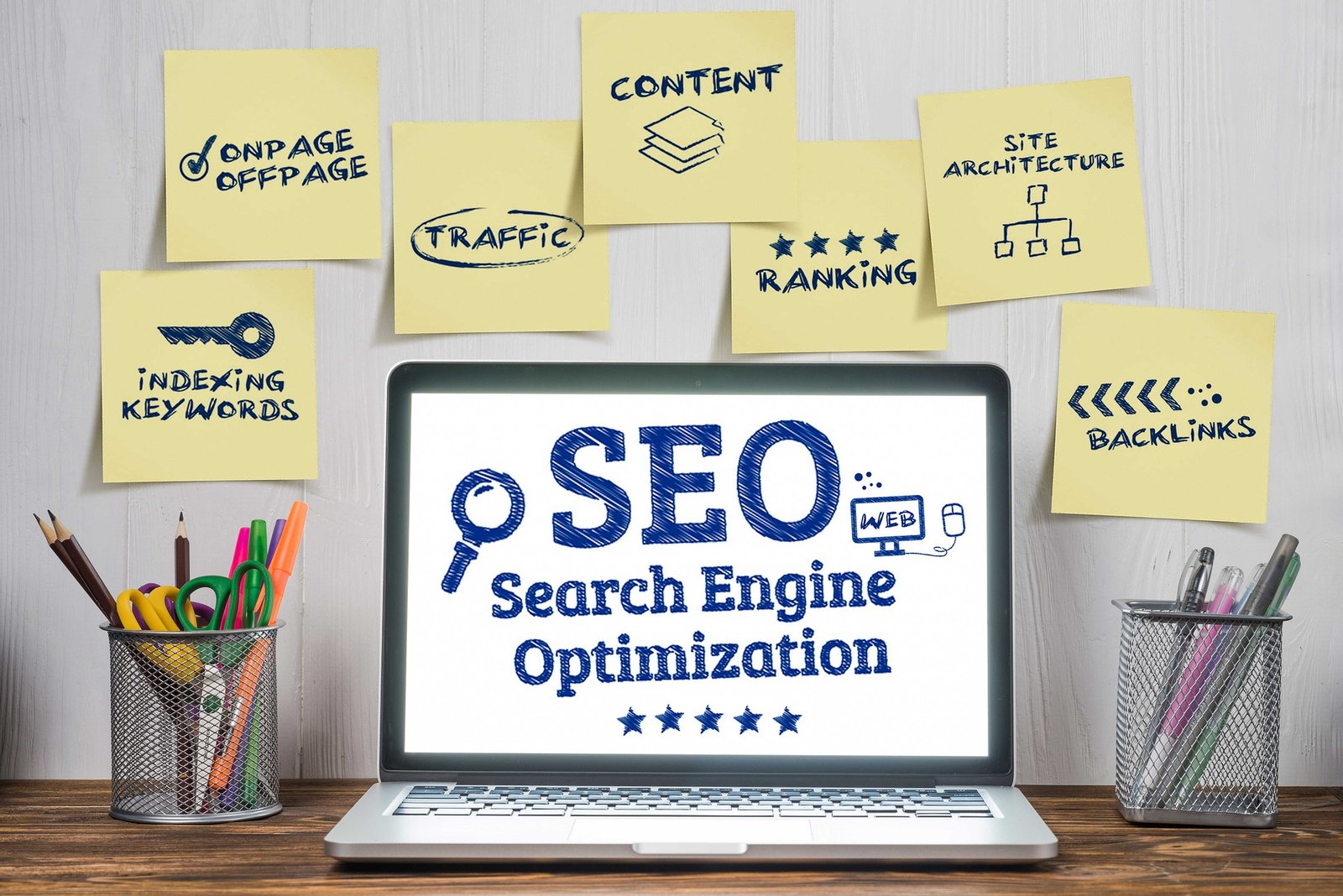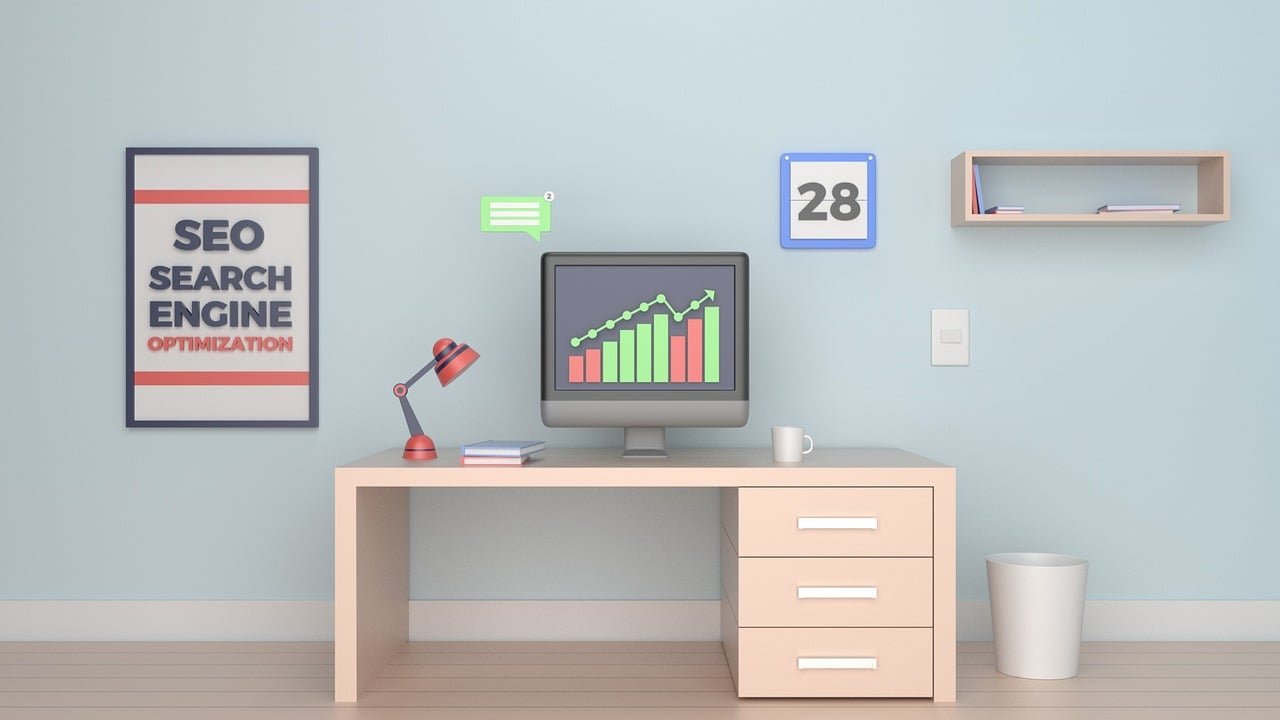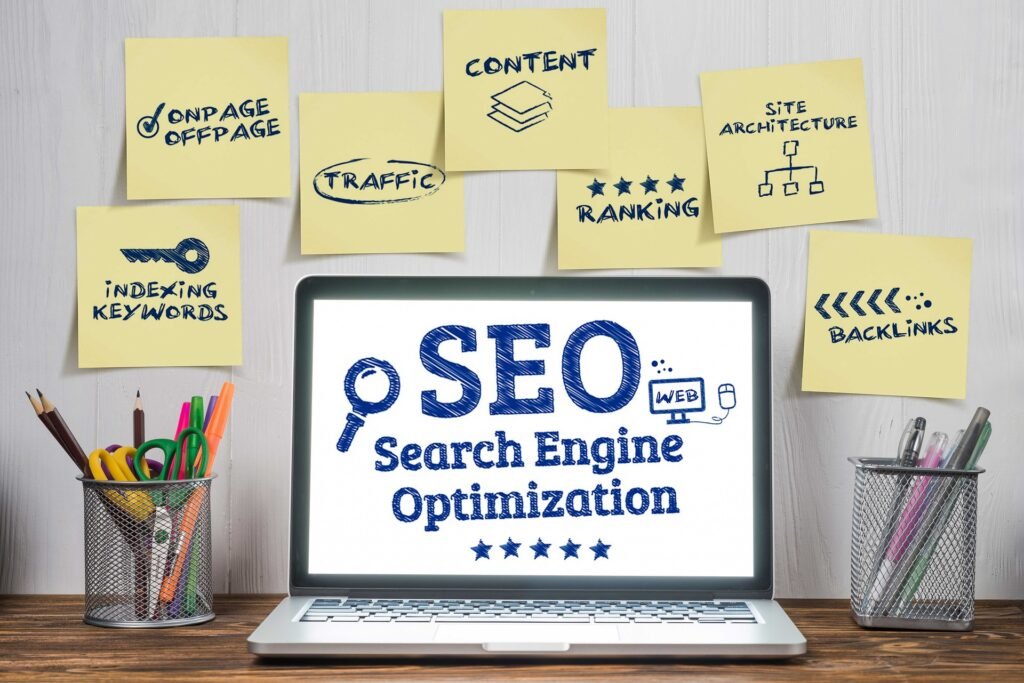Recommendations for improving website speed
Website speed is important factor in SEO. Following some recommendations for improvement in a speed or website loading time.
- Optimize Images: Compress and resize images without sacrificing quality. Use modern image formats like WebP.
- Caching: Implement browser caching to store static assets locally and reduce load times for returning visitors.
- Minify CSS, JS, and HTML: Remove unnecessary whitespace and comments from your code to reduce file sizes.
- Content Delivery Network (CDN): Use a CDN to distribute content across multiple servers, reducing server load and improving global access speed.
- Reduce HTTP Requests: Minimize the number of external resources by combining CSS and JS files, and reducing the use of third-party scripts.
- Enable GZIP Compression: Compress your website’s assets before sending them to the browser, reducing data transfer time.
- Optimize Server Performance: Use a fast web hosting service and ensure your server is properly configured for optimal performance.
- Lazy Loading: Load images and other content as users scroll down the page, improving initial load times.
- Reduce Redirects: Minimize the number of redirects, as each one adds extra time to the page load.
- Browser Rendering: Place CSS at the top and scripts at the bottom of your HTML to ensure progressive rendering.
- Minimize Plugins: For content management systems, keep plugins and extensions to a minimum, as they can slow down your website.
- Optimize Fonts: Use web-safe fonts and limit the number of font styles to reduce load times.
- Monitor Performance: Regularly use tools like Google PageSpeed Insights or GTmetrix to assess your website’s speed and identify areas for improvement.
- Mobile Optimization: Ensure your website is responsive and loads quickly on mobile devices.
- Database Optimization: Optimize your database queries and reduce the use of unnecessary database calls.
- Use Asynchronous Loading: Load resources asynchronously to prevent blocking of other page elements.
- Content Prioritization: Load critical content first and defer non-essential elements.
- HTTP/2: If possible, use the HTTP/2 protocol, which supports multiplexing and reduces the need for domain sharding.
- Remove Unused Code: Regularly review and remove unused code, scripts, and styles.
- Regular Updates: Keep your website’s software, plugins, and themes up to date to ensure optimal performance and security.
image by Diego Velázquez from Pixabay
